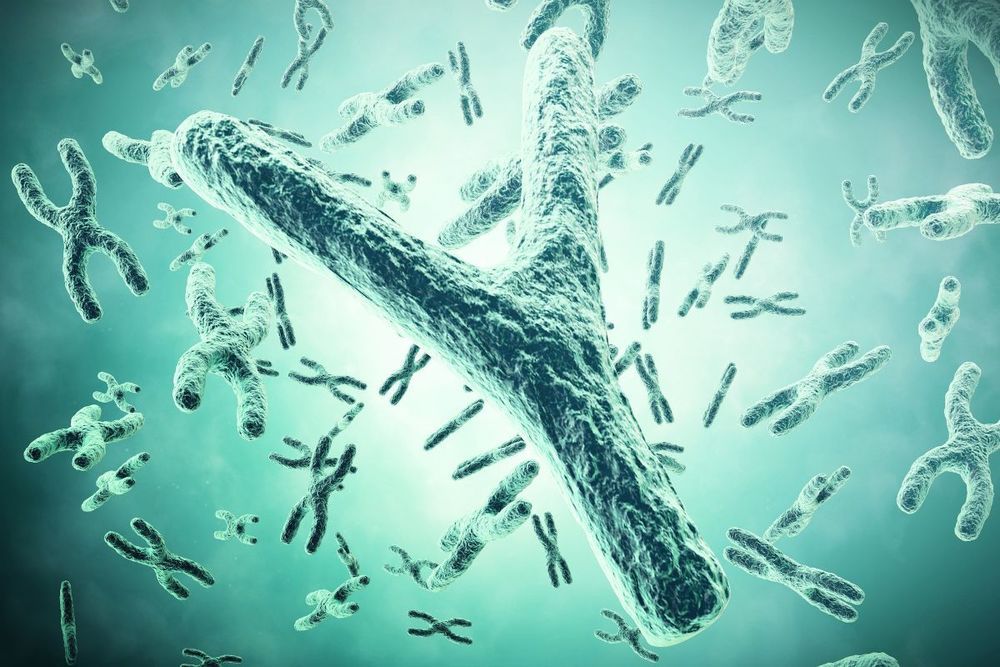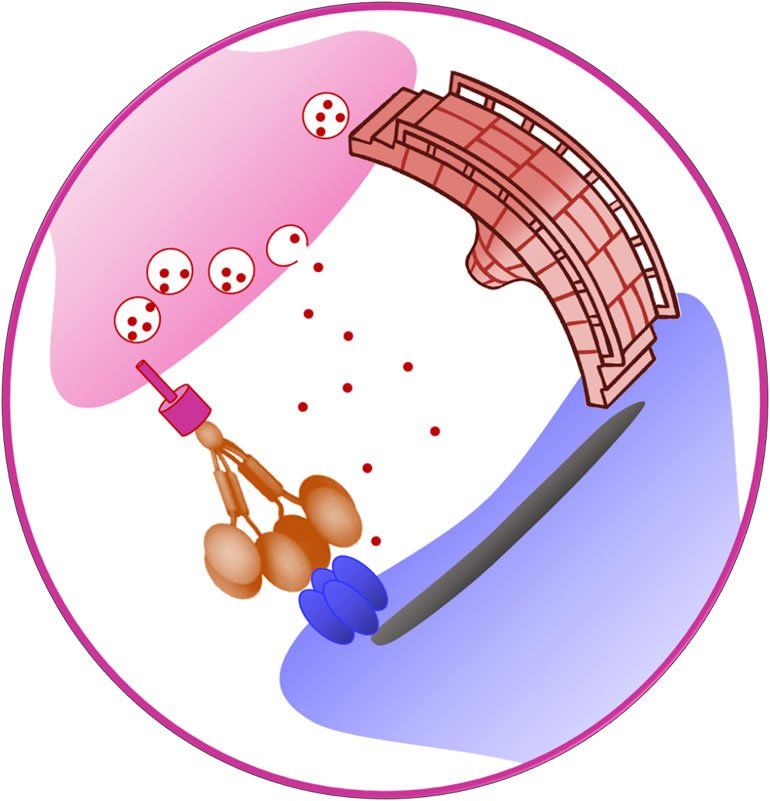It has taken a global crisis for the government to recognise the need for real social security.


This is a working proof of concept of the NeuralLace. It can detect limb motion and smell sensation via neural implants in the brain. So far it’s only been tested in pigs, but an early usecase might be a digital replacement for spinal cord injuries. But the real future goal about is getting to implant an internet enabled AI into your brain.
Elon Musk showed off Neuralink’s new implantable brain chip and demonstrated it working in real time on a pig.
CNET playlists: https://www.youtube.com/user/CNETTV/playlists
Download the new CNET app: https://cnet.app.link/GWuXq8ExzG
Like us on Facebook: https://www.facebook.com/cnet
Follow us on Twitter: https://www.twitter.com/cnet
Follow us on Instagram: http://bit.ly/2icCYYm


The tech entrepreneur Elon Musk on Friday showed off a pig whose brain he says has been implanted with a small computer.
“We have a healthy and happy pig, initially shy but obviously high energy and, you know, kind of loving life, and she’s had the implant for two months,” Musk said of Gertrude, the pig.
The billionaire entrepreneur, whose other companies include Tesla and SpaceX, presented during a live-stream event to recruit employees for his neuroscience startup Neuralink. He described Gertrude’s coin-sized implant as “a Fitbit in your skull with tiny wires”.
This week:
🚀 The first piece of NASA’s Orion Spacecraft #Artemis III pressure vessel arrived in New Orleans
👩🏿🚀 Astronaut Jeanette Epps is assigned to The Boeing Company’s Starliner crewed mission
🌀 Hurricane Laura observed from space.

A worldwide pandemic, something that has not occurred for over 100 years is, without question, the story of the year. The impact and ripple effect may take years before analysts are comfortable with knowing what exactly happened. In an amazing effort to curb Covid-19 and keep world economics intact, the United States and foreign countries took extraordinary measures, most of which where thought of, designed, and implemented in days or weeks. There will be plenty of critics.
If the world emerges from this pandemic in the next 6 to 18 months, it will be because of a rapid response. Inflation could be an issue, yet monetary policy enacted was necessary to keep the world from falling into a depression. The issues that won’t be talked about are ones that never happened, thanks to aggressive government action.
In the commodity world, much like the equities, great uncertainty leads to wild volatility. Energy prices dropping into negative territory and milk prices dropping sharply only to rally to all-time new highs illustrate the dichotomy of just how demand (or perception thereof) ebbs and flows at unprecedented speeds. These are just two examples of many markets that experienced extreme price moves.

The Boring Company’s Las Vegas tunnel will be operational in “only a few months,” according to company frontman Elon Musk, who updated the project’s progress on August 28.
Musk, CEO of the Boring Company, set out to create a new source of transportation in high-traffic areas several years ago while living in Los Angeles. While LA has a private test tunnel in Hawthorne, California, near the Tesla Design Studio and SpaceX Headquarters, Musk wanted to expand upon the idea and move it to other cities.
Las Vegas needed a transportation solution to handle traffic on the Strip, where many of the visitors spend the majority of their time while visiting the Sin City. However, the Las Vegas Convention Center also desired an underground people mover, and the Boring Co. was more than happy to make a $52.5 million bid on the project, which was accepted.
In October 2019, the Boring Company officially opened the construction of the Las Vegas Convention Center tunnel project. By January, the tunnel was nearly 50% complete.
The process of boring tunnels under the LVCC was completed in May, and now the final touches are being put into place before it can be ready to assist in moving thousands of people from location to location in Las Vegas.
Launch is scheduled for Aug. 29, with a launch time of 2:04 a.m. EDT. Live broadcast begine 1:44 a.m. EDT.

The White House on Wednesday will announce that federal agencies and their private sector partners are committing more than $1 billion over the next five years to establish 12 new research institutes focused on artificial intelligence and quantum information sciences.
The effort is designed to ensure the U.S. remains globally competitive in AI and quantum technologies, administration officials said.

Summary: A newly designed synthetic compound could act as a prototype for a novel class of drugs to treat neurological damage.
Source: DZNE
Researchers from the German Center for Neurodegenerative Diseases (DZNE), UK and Japan have developed a neurologically acting protein and tested it in laboratory studies. In mice, the experimental compound ameliorated symptoms of certain neurological injuries and diseases, while on the microscopic level it was able to establish and repair connections between neurons. This proof-of-principle study suggests that biologics, which act on neuronal connectivity, could be of clinical use in the long term. The results are published in the journal Science.